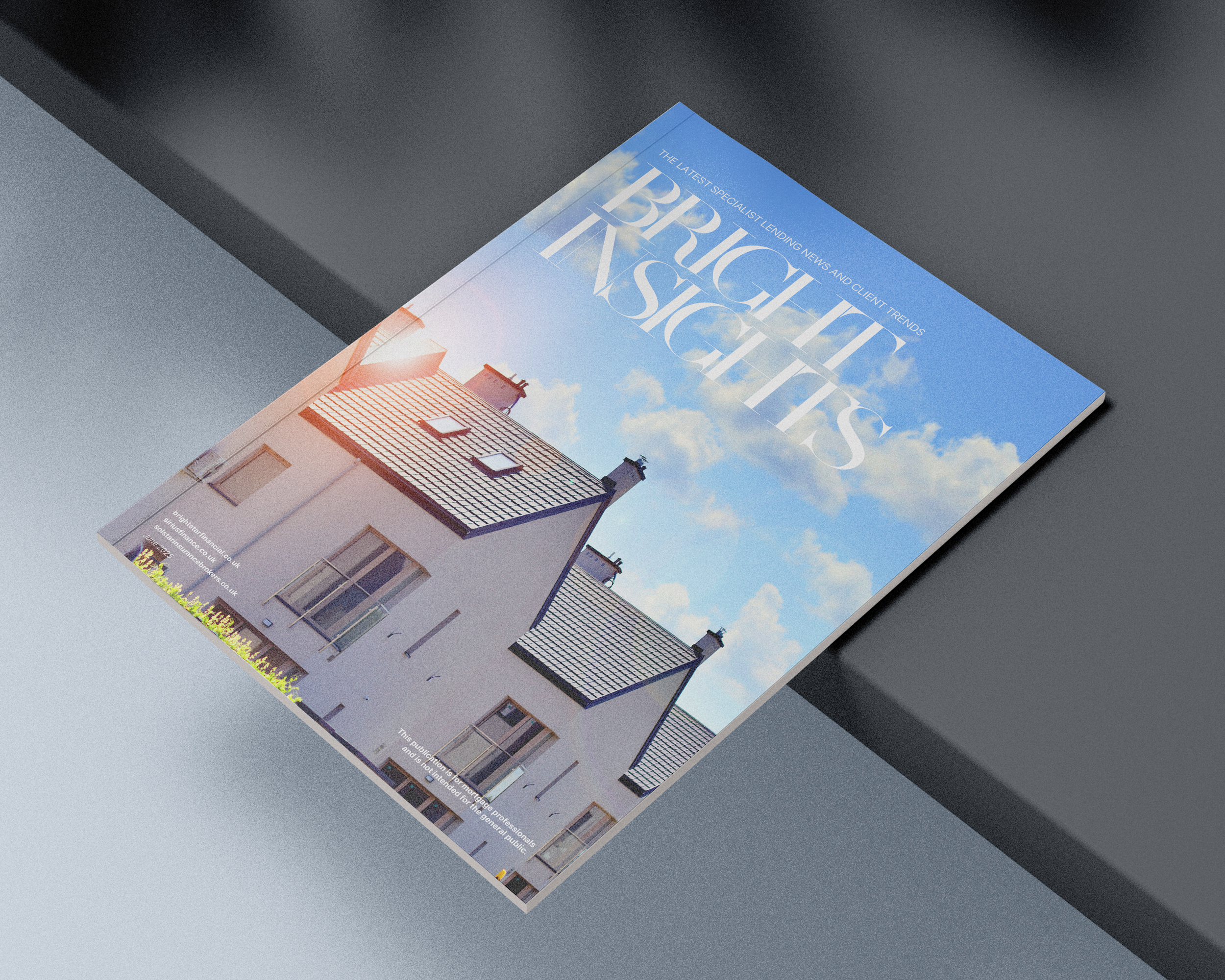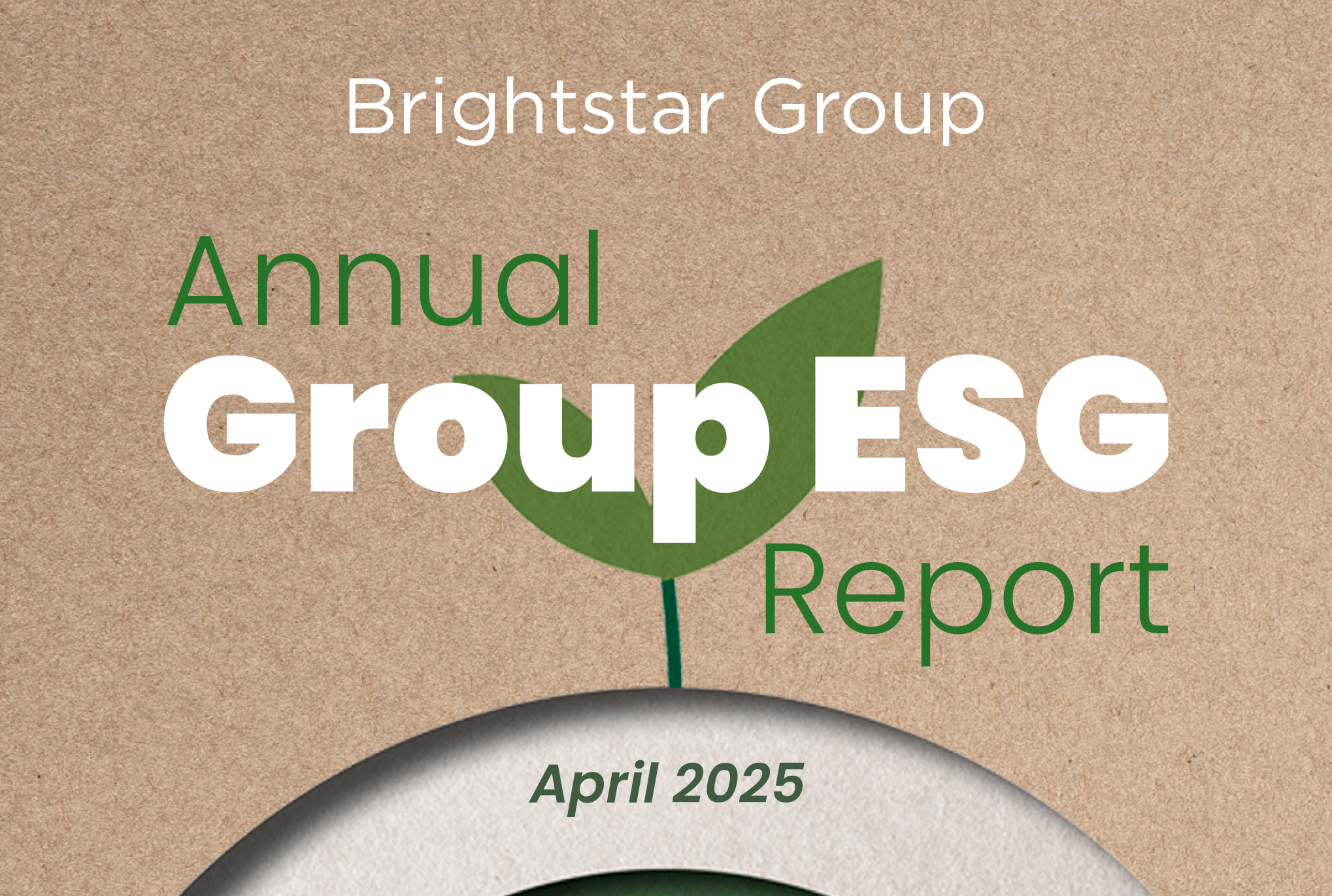July 2023
LEISURE & HOSPITALITY LEAST IN DEMAND COMMERCIAL PROPERTY INVESTMENT
Sirius analysed current demand across the commercial property sector, measuring the number of commercial assets currently available on the market that have already been sold subject to contract (SSTC) as a proportion of all available investment opportunities. For example, if there are 100 assets on the market and 50 are SSTC, demand is calculated as 50%.
Typically, all eyes turn to ongoing turmoil in the residential housing market, but recent economic struggles are also having a profound effect on the commercial property sector.
The highest level of commercial buyer demand is currently attributed to development sites. Of all development opportunities currently listed on the market, 37.4% are already SSTC, demonstrating strong demand from commercial investors.
Regionally, commercial appetites for development sites are at their strongest in the East of England where demand sits at 43.9%.
The constant rise of online retail and e-commerce contributes to strong demand for warehouse and industrial units, with demand measuring 32.3% nationally, making it the second most in demand avenue of commercial investment – with demand rising as high as 43.9% in the West Midlands.
Despite the common narrative that people are shunning the office to work remotely from home, and that major brands and companies are promoting a flexible working environment, demand for office space remains healthy.
National demand for office space currently sits at 30.3% across England, but rises as high as 44.9%, again in the West Midlands region.
Nationwide demand for retail space is currently 24.4% as brands and vendors struggle to make physical retail profitable.
But an increasing number of forward-thinking retailers finding success through a experience-led high street shopping model, means retail is not the least in-demand category of commercial property.
That dubious honour goes to the hospitality and leisure space, where investment demand is currently just 13.9%, dropping as low as 7.5% in the North East.

Head of Corporate Partnerships at Sirius Property Finance, Kimberley Gates, commented:
“We’re seeing the dominance of online retail having a significant impact on commercial property, boosting warehouse demand and suffocating physical retail demand.
In contrast, the aftermath of COVID and the ongoing cost of living crisis is continuing to impact appetites for leisure and hospitality space and it remains the least in demand sub sector within the commercial space.
But there is an undeniable ebb and flow to commercial property demand which means those sectors that are currently struggling could find their fortunes turning in the near future. For example, as and when the cost of living issue is brought under control, restaurants and bars will become more affordable and attract more customers which will, in turn, lead to an increased demand for hospitality and leisure units that have fallen out of favour since the early days of the pandemic.
Furthermore, high demand for development sites shows that developers are confident about the future, and that current woes will improve before too long.”



